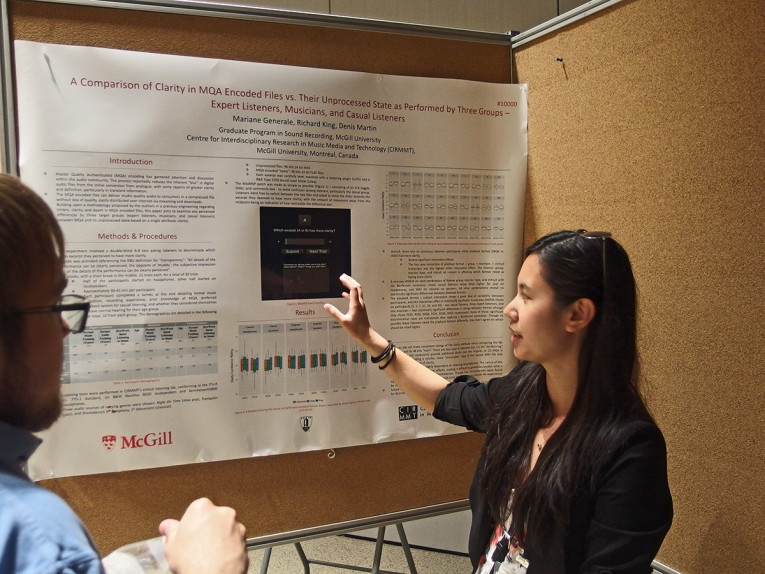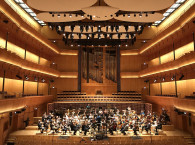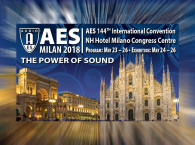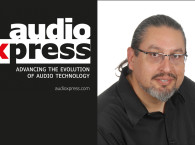
The extremely varied and rich content all throughout the four convention days – quite an undertaking! - was a very promising prelude for what will certainly be another very exciting follow-up convention when the AES gets together again in New York, October 17-20, 2018.
As it was stated by the organizing committee, this event was dedicated to “The Power of Sound” and professional audio, with presentations covering research, studies, and demonstrations on Live Sound, Studio Recording, Networked Audio, Broadcast & Streaming, Music Production, Post Production, and Game Audio.

The always important exhibition part of the event, happening from day 2 to day 4 of the convention (which for me always makes much more sense than having an extra day of sessions after the show closes...), was a small but extremely vibrant space, where the presence and support of great Italian companies was a differentiating feature. It was a great opportunity to meet and spend time with Audiomatica, K-Array, and Faital/Faital Pro, and discover Itek, an integration and acoustics company we didn't previously know about and which represents the active acoustic solutions from E-Coustic Systems USA (LARES Associates Inc.)
Saying E-Coustic Systems is the same as saying Steve Barbar and David Griesinger, both former Lexicon legends and now the heads of E-coustic Systems, expanding their research in active acoustic systems going back many decades. We attended a short demonstration of the system in action in a demo room close to the AES convention, with Steve Barbar and Luigi Agostini, currently heading this project division in ITEK for the EMEA market.
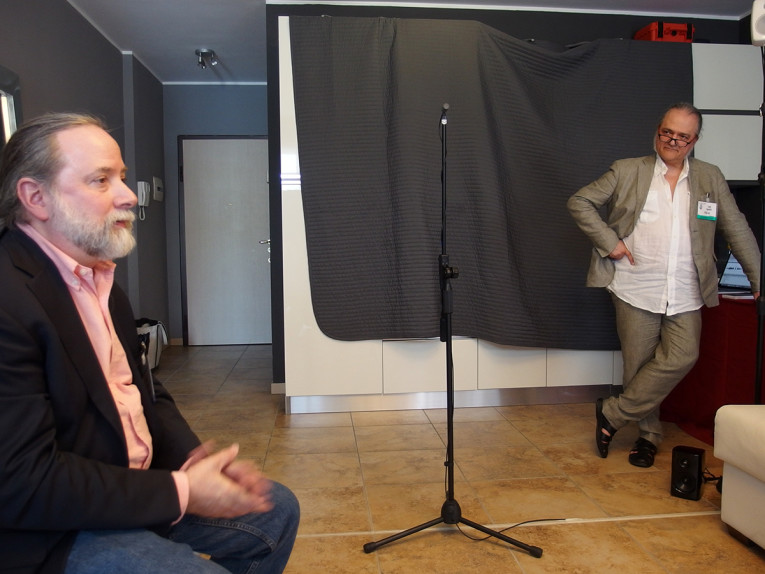
It was a pleasant surprise to find and rediscover the former LARES (Lexicon Acoustic Reinforcement and Enhancement System) solution at this event, knowing that the moment for exploring its full potential with current processors has never been greater. Griesinger and Barbar developed LARES in 1988 while working at Lexicon, and the "electro-acoustic enhancement system" made its official debut at the AES conference in New York, in 1990. Their system was licensed to Wenger Corp. and, in 1995, LARES Associates was formed as an independent company, where the core signal processing, LARES-branded amplification, and a range of loudspeakers specifically designed for acoustic enhancement have been developed. We will be following E-coustic Systems, and its current much more powerful systems with great interest and I highly recommend our readers to do so as well. I always followed with great interest all the Meyer Sound stories detailing the use of their Constellation products – which follows a similar approach – and maybe this will be the ideal time for the industry to seriously consider revisiting the concept of tunable acoustics (more on this soon in audioXpress.)
Focusing on the sessions and topics of this AES Milan Convention, things started on a very positive note with the Opening Ceremonies on Wednesday, May 23, where AES Executive Director Bob Moses praised the volunteers and staff who make AES conventions possible, and introduced AES President David Scheirman, who once again recalled the 70th anniversary of the Society, now with more than 12,500 members worldwide. The AES has seen 8% membership growth in the first quarter of 2018 compared to 2017, and Scheirman encouraged all audio professionals to become members and for all members to “get involved.”
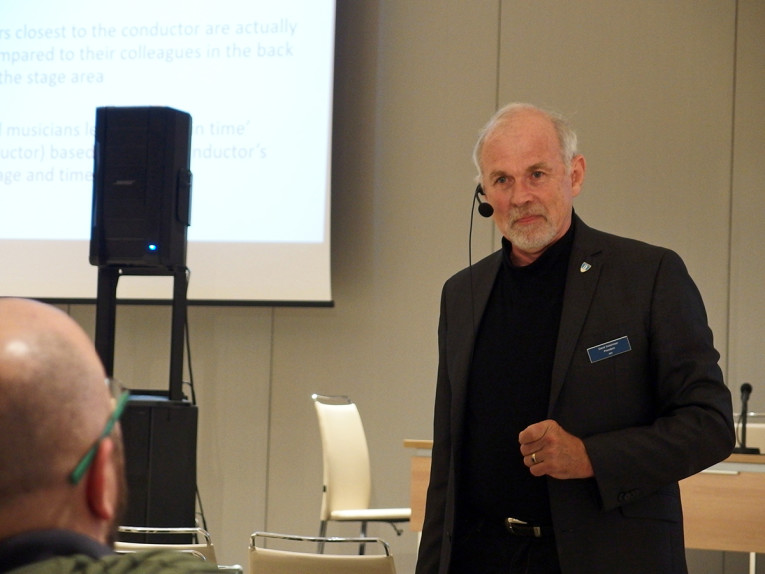
Scheirman was also responsible for one of the highlights of this AES convention with a presentation on Friday, revisiting his Outdoor Sound Reinforcement of Symphony and Opera for Extremely Large Audiences project, in 1991. This was exactly the type of presentation that I am certain many audio professionals would like to see more often at the AES (and also InfoComm), providing a detailed explanation of a unique sound reinforcement installation. In this case serving audiences up to 200,000 persons for outdoor operatic and symphonic programs, with a fully-distributed portable sound reinforcement system (using wireless radio transmission) deployed in public parks throughout New York City including Central Park. Scheirman led the team that deployed and successfully operated this system from 1991 to 1995. Those who attended the session also got the opportunity of seeing an actual photo of the current AES president in 1991, now the director of global concert and rental business at Bose Professional.
Also as part of the opening session, keynote speaker Marina Bosi, AES Past-President and Consulting Professor at Stanford University, reminded the audience of "How Perceptual Audio Coding Has Shaped Our Lives." This was an enlightening and valuable insider’s view of the history of the science of perceptual audio coding, from its beginnings in the 1980s to the current state of the art and also giving a peek ahead to the future. Bosi reminded us of the compression efficiencies along with improved audio quality at lower data rates and how all this was enabled by the creation of perceptually indistinguishable algorithms in the Advanced Audio Coding (AAC) family, standardized by ISO and IEC, as part of the MPEG-2 and later MPEG-4 specifications. It was a fresh and welcome reminder of how important speech and audio coding technology is in our lives – powering today’s digital radio broadcasting, music streaming services, immersive surround experiences, or the latest HD voice communications - and how far we have evolved from the dreaded MP3 (MPEG-1 Audio Layer III), now officially discontinued.
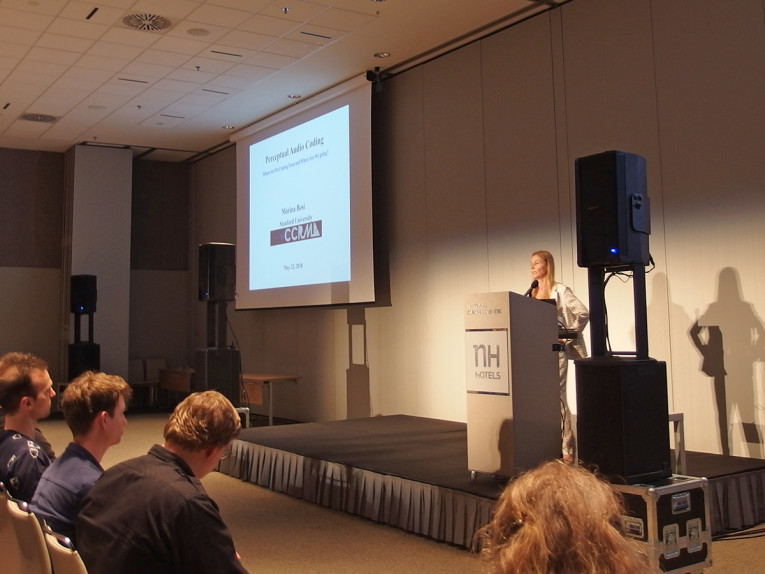
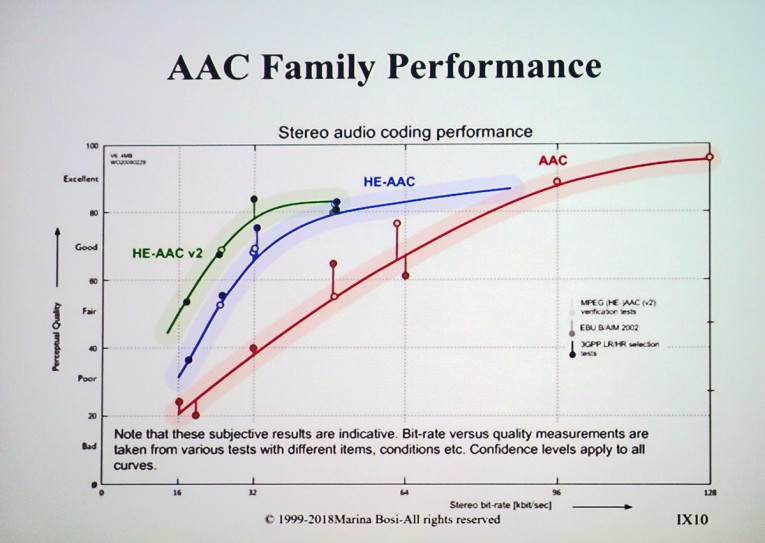
Awards presentations are always a part of all AES conventions, and awards in Milan recognized the work of students of the Peking University (Beijing, China), for the paper “Bandwidth Extension Method Based on Generative Adversarial Nets for Audio Compression,” while the “Best Peer-Reviewed Paper Award” went to co-authors Leo McCormack (Aalto University – Espoo, Finland), Symeon Delikaris-Manias (Aalto University – Helsinki, Finland), Angelo Farina (Università di Parma – Parma, Italy), Daniel Pinardi (Università di Parma – Parma, Italy), and Ville Pulkki (Aalto University – Espoo, Finland) for their paper “Real-Time Conversion of Sensor Array Signals into Spherical Harmonic Signals with Applications to Spatially Localized Sub-Band Sound-Field Analysis.“ Both papers were presented at the AES Milan sessions, and reflect the high-quality of the work presented.

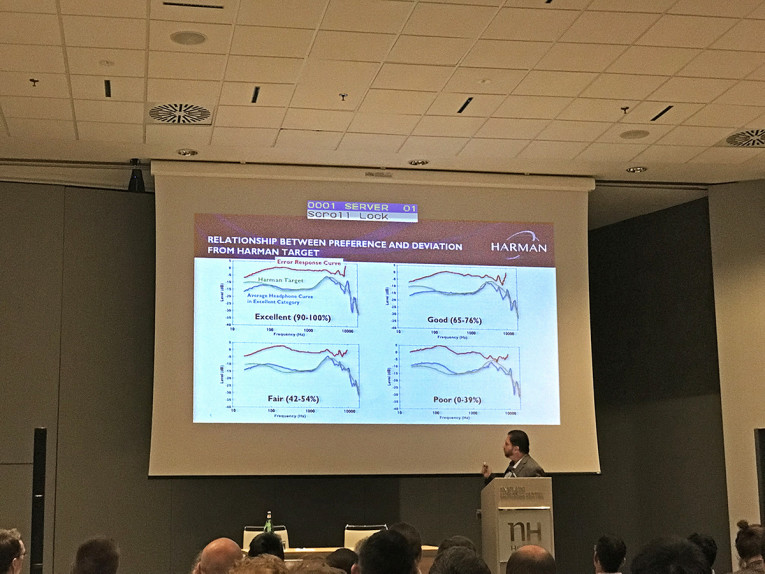
The 144th convention was extremely valuable, entertaining, and I'll dare say "cutting-edge," with excellent presentations detailing research and applications with immersive audio production for music, cinema, and virtual/augmented reality applications (with RCF and Genelec supporting the presentations with two excellent auditoriums). But more than "immersive audio," several sessions addressed the current trend around spatial audio in all its forms, from binauralization for headphones to the new generation of sound reinforcement systems. We could clearly feel that the presenters where looking ahead with excitement and that current developments in audio are among the most innovative ever.
Even in current trending topics like audio networking, where there were excellent sessions detailing the AES67 and ST2110 standards and industry efforts, I could feel how there clearly is more interest to look ahead then actually learning how to set up AES67 networks or how to apply it in real-world applications. Somehow, with the audio industry momentum, I could feel that AES attendees didn't even consider looking back and that audio networking is a given on any currently envisaged application. Important.

This, together with numerous mentions to object-based audio production and the new and exciting MPEG-H standard, clearly indicates that there is excitement in the industry, patently reflected in the enthusiasm and dedication we have seen in many young researchers attending this event. Clearly, I look forward to seeing them with more results at the AES New York convention in October.
www.aes.org
